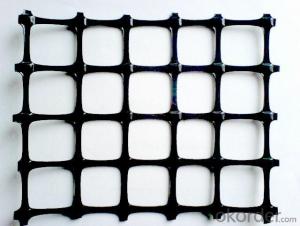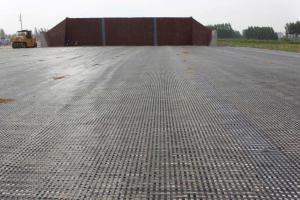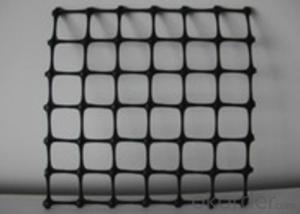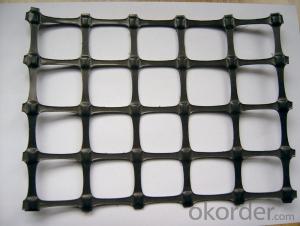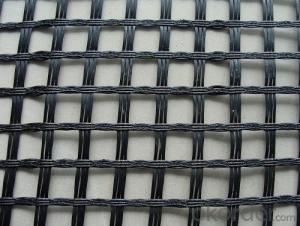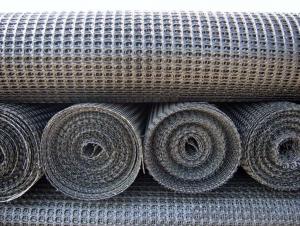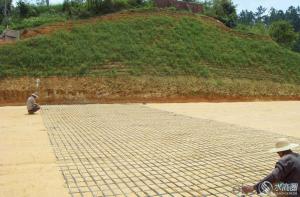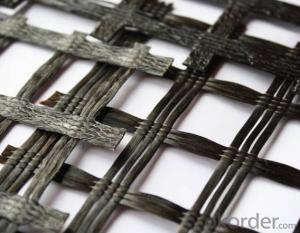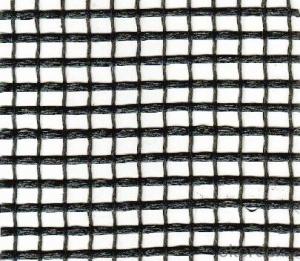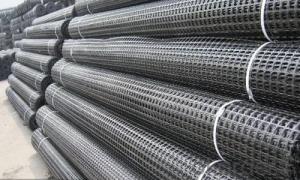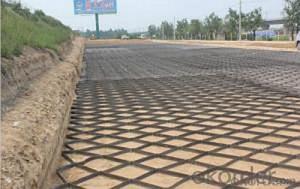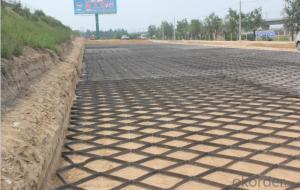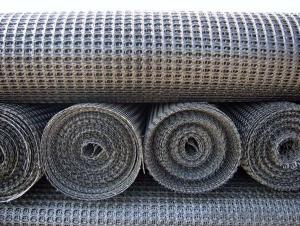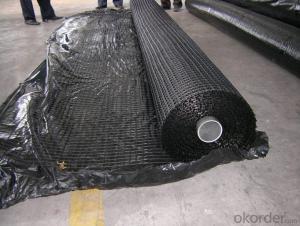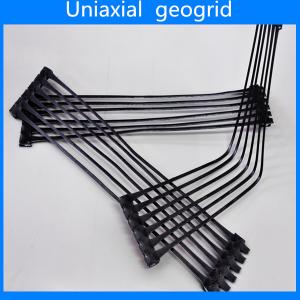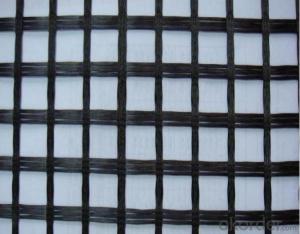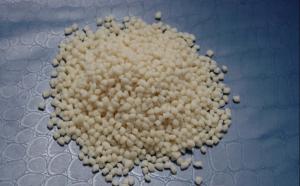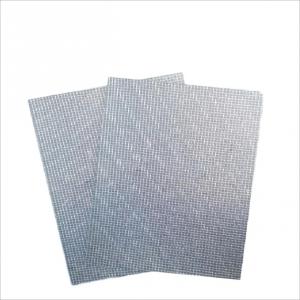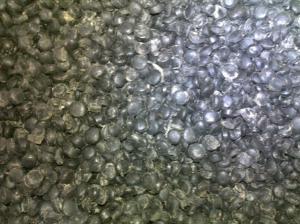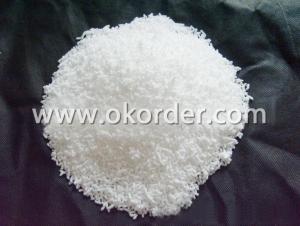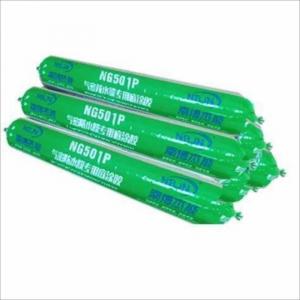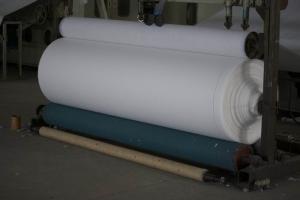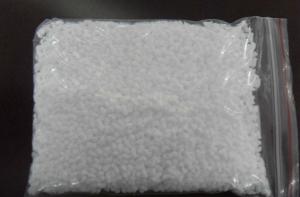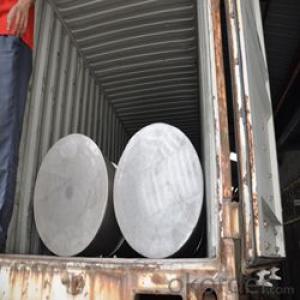Geogrid Paver Base
Geogrid Paver Base Related Searches
Geogrid Paver Geogrid Pavers Geogrid Road Base Geogrid Plastic Paver Geogrid Paving Geogrid Grass Pavers Geogrid Pavement Road Base Geogrid Geogrid For Pavers Geogrid Under Pavers Geogrid Base Reinforcement Geogrid Layer Geogrid Machine Geogrid Pavement Reinforcement Geostar Geogrid Geogrid Parking Geogrid Patio Basalt Geogrid Geogrid Placement Base Stabilization Geogrid Geogrid Mat Geogrid Construction Gravel Geogrid Geogrid Maps Geogrid Road Geogrid Fence Geogrid Viewer Geogrid Membrane Asphalt Geogrid Woven GeogridGeogrid Paver Base Supplier & Manufacturer from China
Geogrid Paver Base is a composite material that combines the benefits of geogrids and pavers to create a strong and stable foundation for various construction projects. This innovative product is designed to provide enhanced load distribution and reduce the overall thickness of the base layer, resulting in cost savings and improved performance. It is particularly useful in applications such as road construction, parking lots, and other areas where a durable and stable surface is required.The Geogrid Paver Base is widely used in various construction scenarios due to its versatility and effectiveness in improving the structural integrity of pavements. It can be utilized in both new construction projects and as a means to rehabilitate existing infrastructure. By incorporating this product into the base layer, contractors can expect increased load-bearing capacity, reduced maintenance costs, and a longer lifespan for the paved surface. This makes it an ideal solution for projects where durability and longevity are paramount.
Okorder.com is a leading wholesale supplier of Geogrid Paver Base, offering a vast inventory of this high-quality product to meet the needs of construction professionals worldwide. With a commitment to providing top-notch customer service and competitive pricing, Okorder.com ensures that customers have access to the materials they need to complete their projects successfully and efficiently. By partnering with Okorder.com, contractors can benefit from the expertise and resources of a reliable supplier, ensuring that their Geogrid Paver Base projects are completed to the highest standards.
Hot Products
